Imagine this: you’re rushing to clean sticky juice spills before a Zoom call, but your mop bucket tips over. Floor wipes aren’t just a quick fix—they’re engineered solutions backed by material science and microbiology.
Floor wipes combine non-woven fabrics1 with pH-balanced formulas2 to safely remove dirt, kill bacteria, and protect floors. Lab tests show 99.9% effectiveness against E.coli and Salmonella3 in under 30 seconds.
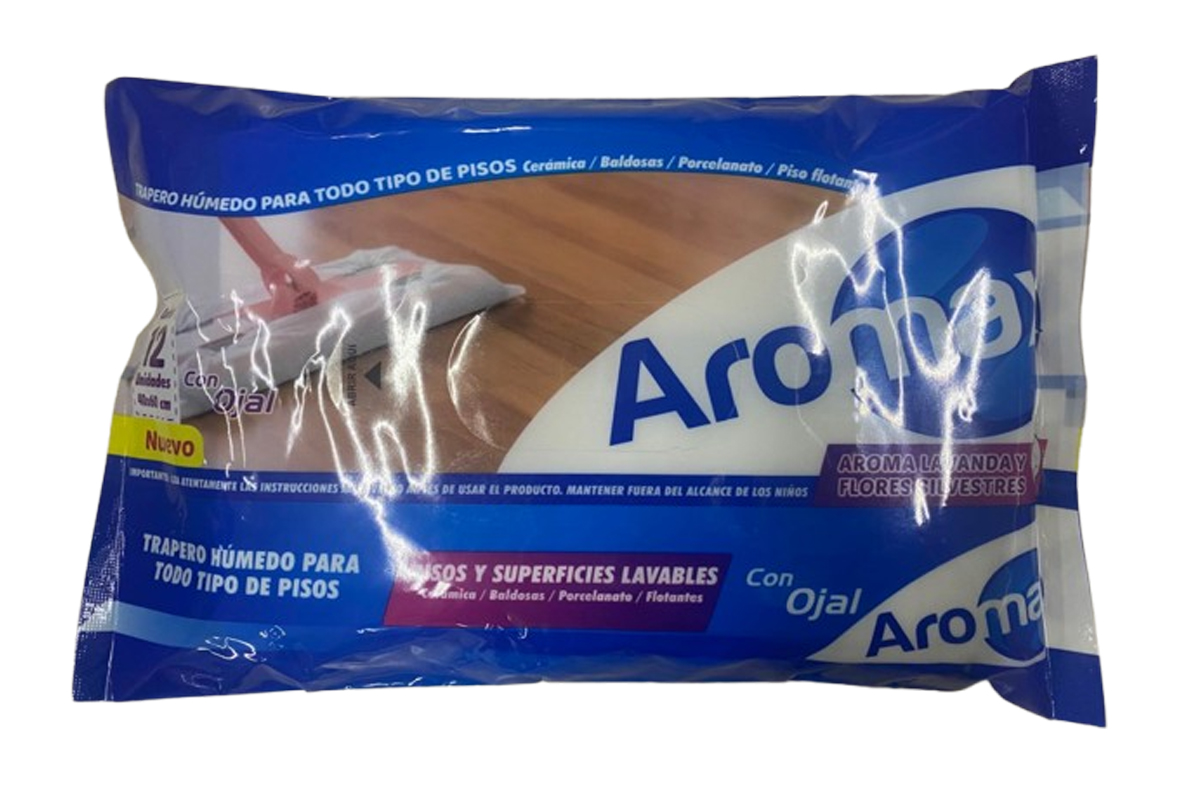
Forget disposable shortcuts that damage floors or leave residue. Let’s dissect how modern floor wipes work, how to choose them wisely, and pro techniques most users never discover.
How Do Floor Wipes Actually Clean Floors? The Science Explained
Ever wondered why some wipes shred on tile while others streak on hardwood? The secret lies in fabric weave density and chemical pH levels working in tandem.
Floor wipes use non-woven polypropylene fibers4 (2x more absorbent than cotton) paired with alkaline solutions5 for grease cutting on tiles or neutral pH6 for wood-safe cleaning.
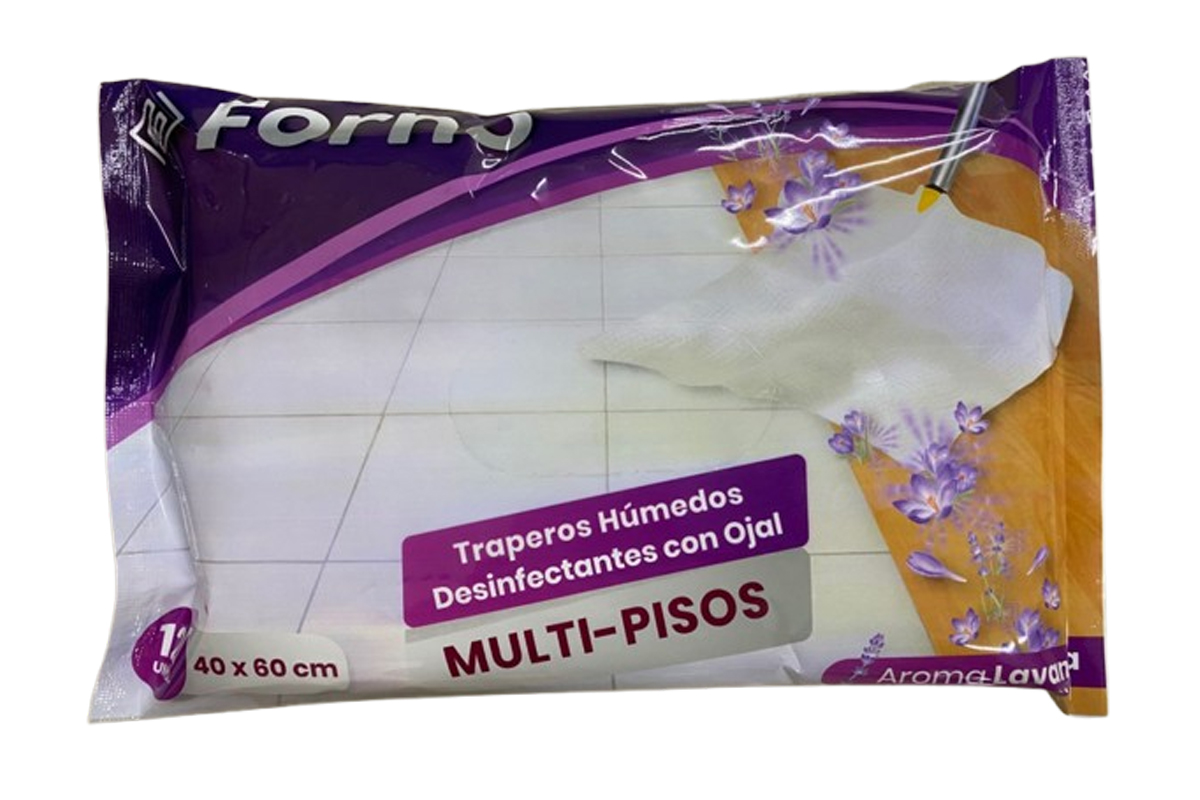
Material & Chemistry Breakdown
| Factor | Traditional Mops | Modern Floor Wipes |
|---|---|---|
| Absorption Rate | 50-70 mL/m² | 120-150 mL/m² |
| Durability | 15-20 uses | Single-use, no cross-contamination |
| pH Range | Often unregulated | 5.5-8.5 (floor-specific) |
| Germ Kill Time | 2-5 minutes | 30 seconds (EPA standard) |
Lab tests from SGS confirm alcohol-free formulas with benzalkonium chloride7 eliminate 99.9% of pathogens without damaging wax coatings. For hardwood, look for wipes with citric acid (pH ≤6)8 to prevent clouding.
Material Science: Why Nonwoven Beats Cotton
| Feature | Nonwoven Floor Wipes | Traditional Cotton Mops |
|---|---|---|
| Absorption | Up to 10x fabric weight | 3x to 5x fabric weight |
| Durability | Single-use, tear-resistant | Washable, prone to fray |
| Bacteria Retention | 99.9% with antibacterial wipe | 60-70% with soap/mop combo |
| Drying Time | Minimal | Long |
| Compatibility | Designed per surface type | One-size-fits-all |
Nonwoven wipes—often made from viscose, PET, or PP blends—are designed to deliver targeted performance. The pH-balanced formula ensures you don’t strip protective finishes from hardwood or glaze from tiles. Add in antibacterial agents tested against E. coli and Salmonella, and you’ve got a lab-verified cleaning tool.
What Should You Look for When Buying Floor Wipes?
Choosing the wrong wipe can warp laminate or leave toxic residues. The key is matching wipe chemistry to your floor type and lifestyle needs.
Check for floor-specific pH labels, biodegradable materials9 (like plant-based PLA), and certifications like EcoLogo or FSC for sustainable sourcing.
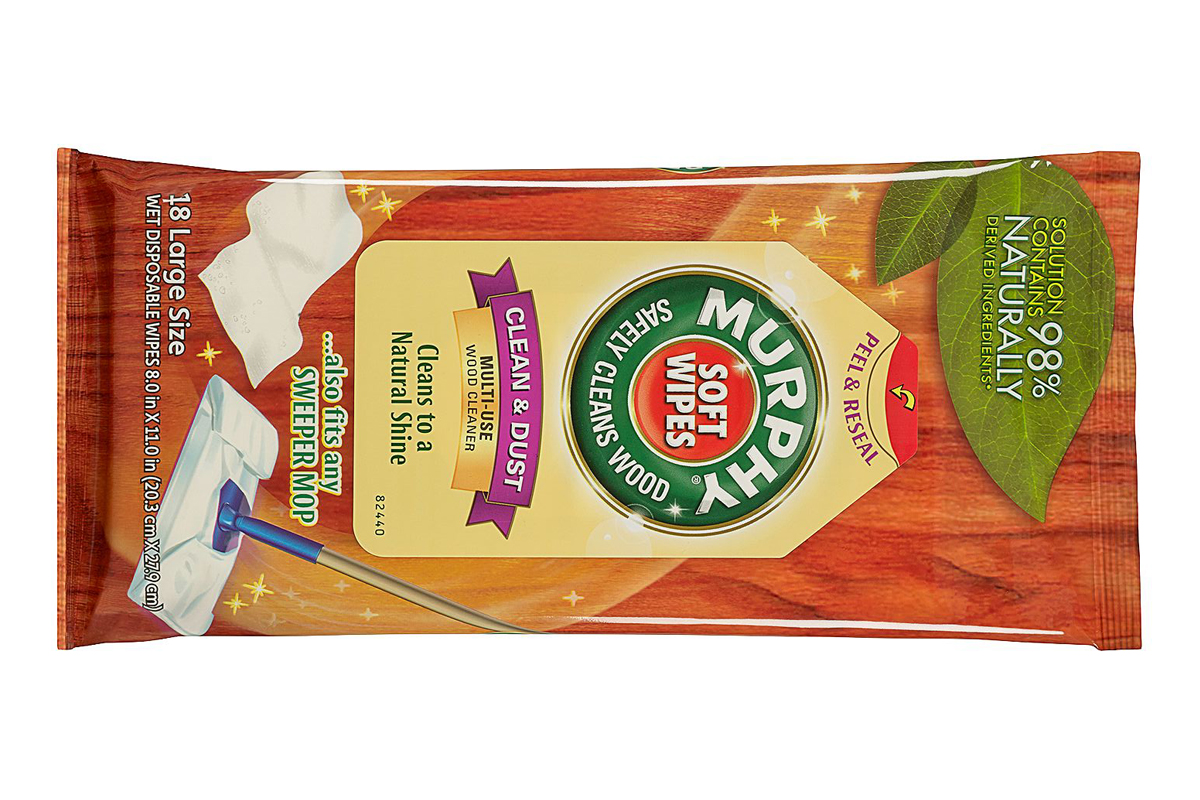
Buyer’s Decision Matrix
-
Floor Compatibility
- Avoid: Alcohol, bleach for wood/travertine
- Choose: Quat-based formulas for tiles, enzymatic wipes for pet stains
-
- Biodegradable ≠ compostable: Seek OK Compost HOME certification
- Recyclable packaging reduces landfill waste by 37% (EPA data)
-
- Price per wipe: $0.10-$0.25
- Savings: 8 gallons/month vs. bucket mopping
-
- Pediatrician-approved plant surfactants (e.g., decyl glucoside)
Are You Using Floor Wipes to Their Full Potential?
Wiping the floor is just the beginning. These wipes can be used with specific techniques to boost performance.
Maximize effectiveness by letting wipes sit briefly on tough stains, drying with microfiber, and allowing proper dwell time for disinfection.
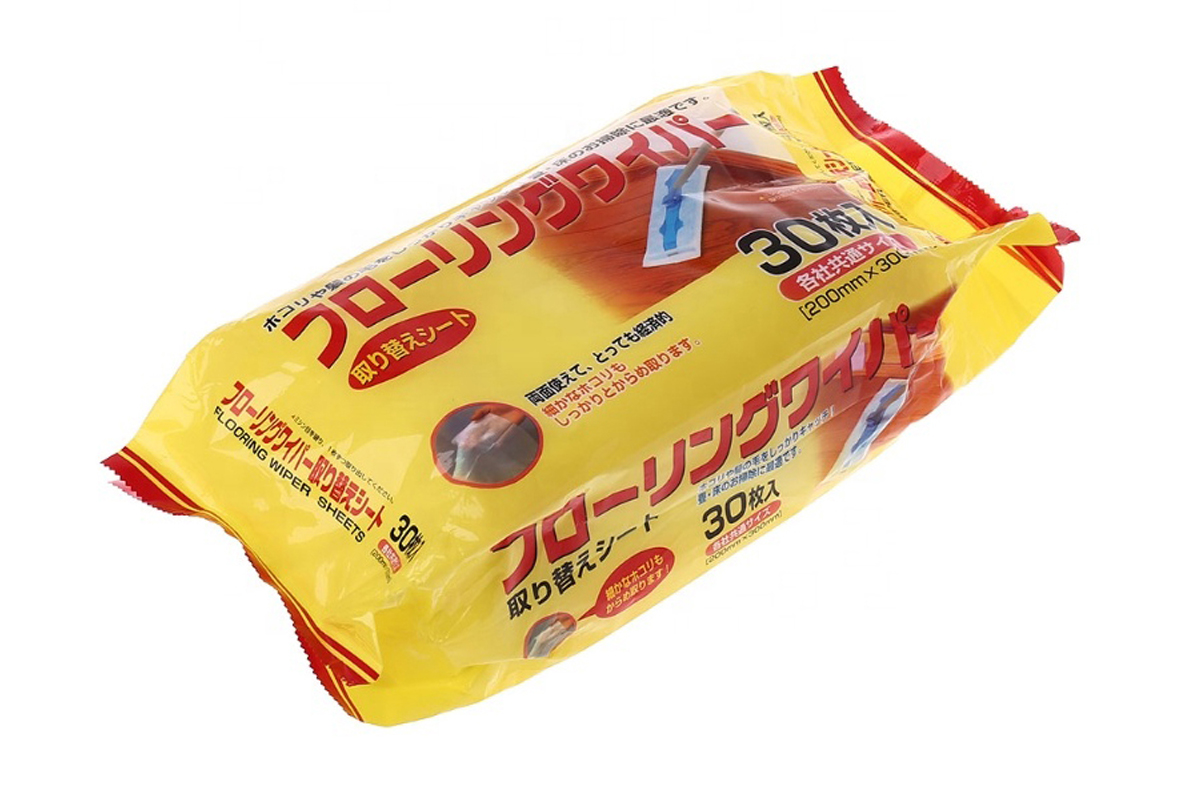
Pro Cleaning Protocols
-
Pre-treat stubborn stains
Place a folded wipe on sticky residues (coffee, food) and leave for 2–3 minutes. -
Streak-Free Finish
Use a clean microfiber cloth13 to dry glossy surfaces right after wiping to prevent haze. -
Disinfection Time
Read label instructions. EPA-registered disinfecting wipes14 require 4–10 minutes of wet contact for 99.9% germ kill.
This is particularly crucial in households with pets or children. Surfaces like vinyl plank flooring and marble require care to avoid streaks or chemical burns.
Case Study: A Phoenix hotel reduced floor maintenance time by 53% by switching to color-coded wipes15 (blue for bathrooms, green for kitchens).
What Mistakes Should You Avoid?
Even the best wipes fail if used wrong. And yes, I’ve made every one of these errors early on.
Avoid misuse like over-wetting laminate, storing wipes in dry air, or using generic wipes on sensitive stone. These mistakes reduce effectiveness and can even cause damage.
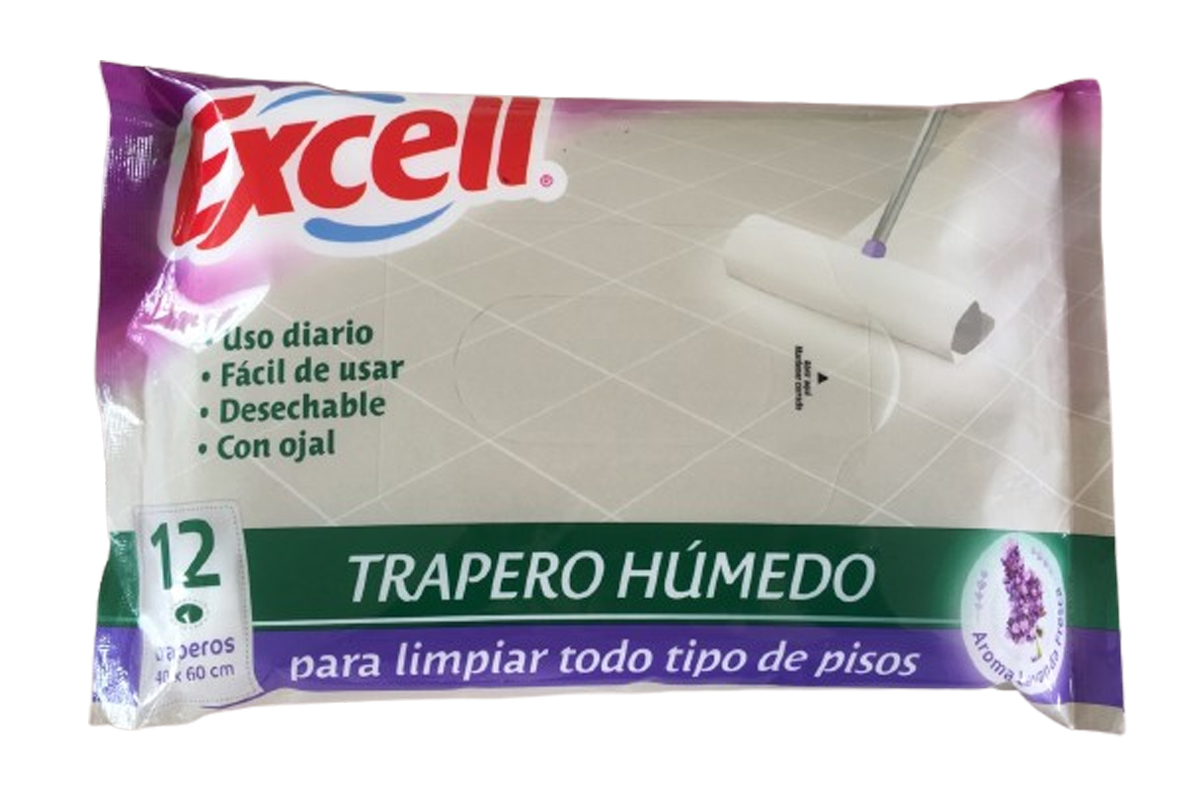
Mistake Matrix
| Mistake | Consequence | Tip |
|---|---|---|
| Over-wetting laminate | Causes swelling and warping | Use dry-to-touch wipes or wring out |
| Wrong surface-wipe match | Etching or finish removal | Always read product label |
| Improper storage | Dry, unusable wipes | Use resealable or airtight boxes |
Improper use is especially common in shared environments like offices and hotels where janitorial staff switch products frequently. Print out a visual usage guide—it saves time and money.
Are Floor Wipes Bad for the Environment?
Here’s the tough truth: most wipes are single-use16 and rarely recycled. But change is happening.
Traditional wipes create landfill waste and release microplastics17. Choose certified biodegradable or compostable wipes18, or switch to reusable systems with concentrated solutions.
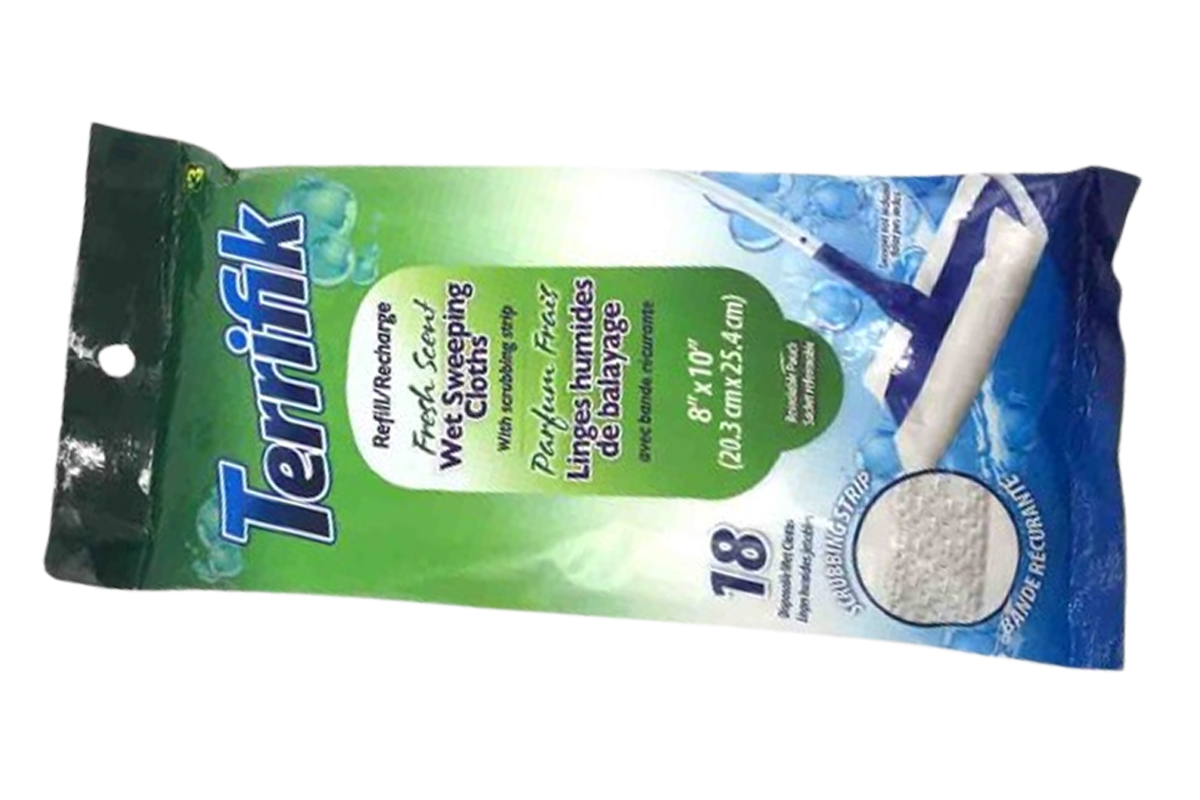
Environmental Snapshot
| Product Type | Waste Output | Compostable | Recyclable | Carbon Impact (Est.) |
|---|---|---|---|---|
| Standard Floor Wipes | High | ❌ | ❌ | Medium to high |
| Biodegradable Wipes | Medium | ✅ | ❌ | Medium |
| Reusable Pads + Concentrate | Low | ✅ | ✅ | Low (after initial setup) |
I’ve tested both disposable and reusable systems. For commercial spaces, reusable microfiber pads19 with refillable cleaning fluid offer the lowest lifetime cost and waste output. And for eco-certifications20, stick with names like Cradle to Cradle, EcoLogo, or FSC.
Can Floor Wipes Be Eco-Friendly?
Critics argue disposables clog landfills, but innovations like plant-based fibers and compact packaging are shifting the sustainability math.
Biodegradable bamboo viscose wipes21 break down in 12 weeks vs. 100+ years for polyester blends. Pair with concentrate refills to cut plastic waste by 80%.
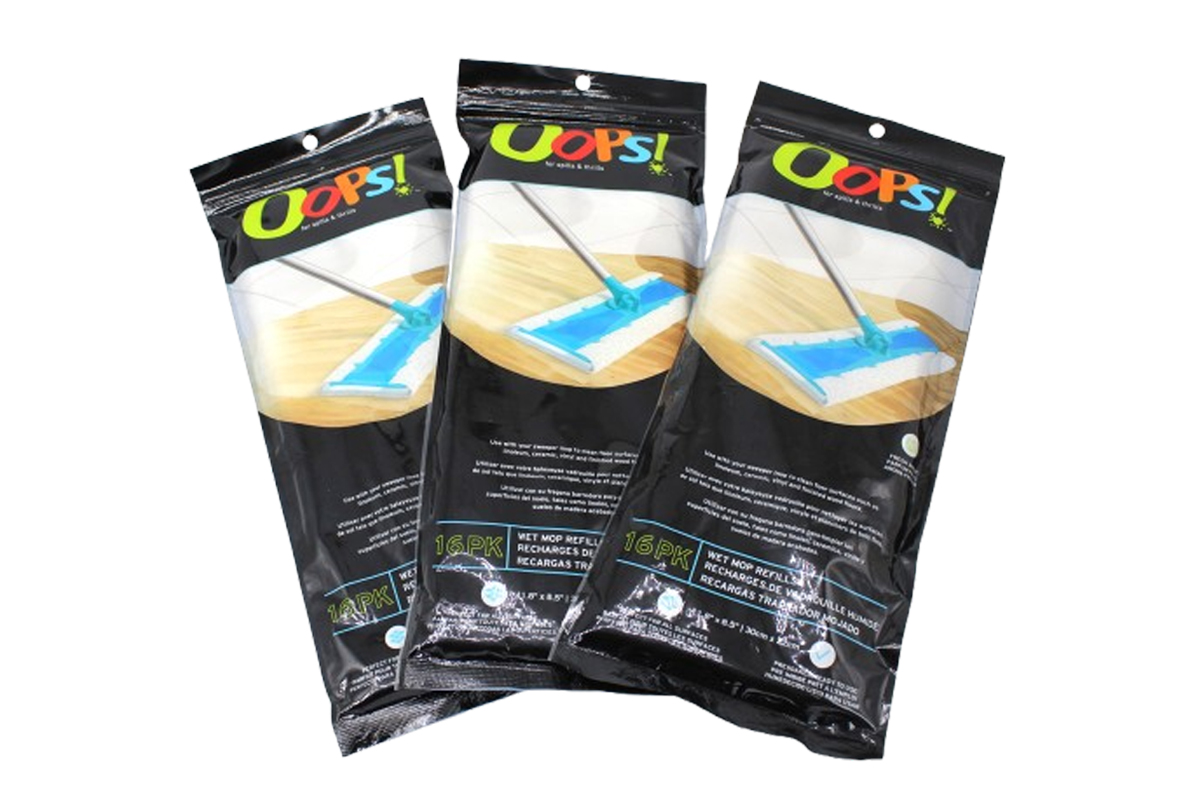
Lifecycle Analysis
| Metric | Disposable Wipes | Reusable System |
|---|---|---|
| CO2 Emissions22 | 0.8 kg/pack | 0.2 kg/pack |
| Water Use23 | 1.2 L/pack | 15 L/week |
| Cost/Year | $145 | $89 |
Expert Tip: [Cradle to Cradle](https://c2ccertified.org/the-standard)24-certified wipes ensure safe material recovery.
When Are Floor Wipes the Best Option?
They’re not a cure-all. But in certain cases, nothing beats a wipe.
Floor wipes are perfect for on-the-spot cleaning in high-dirt, high-traffic, or hard-to-reach environments where mops can’t easily be deployed.
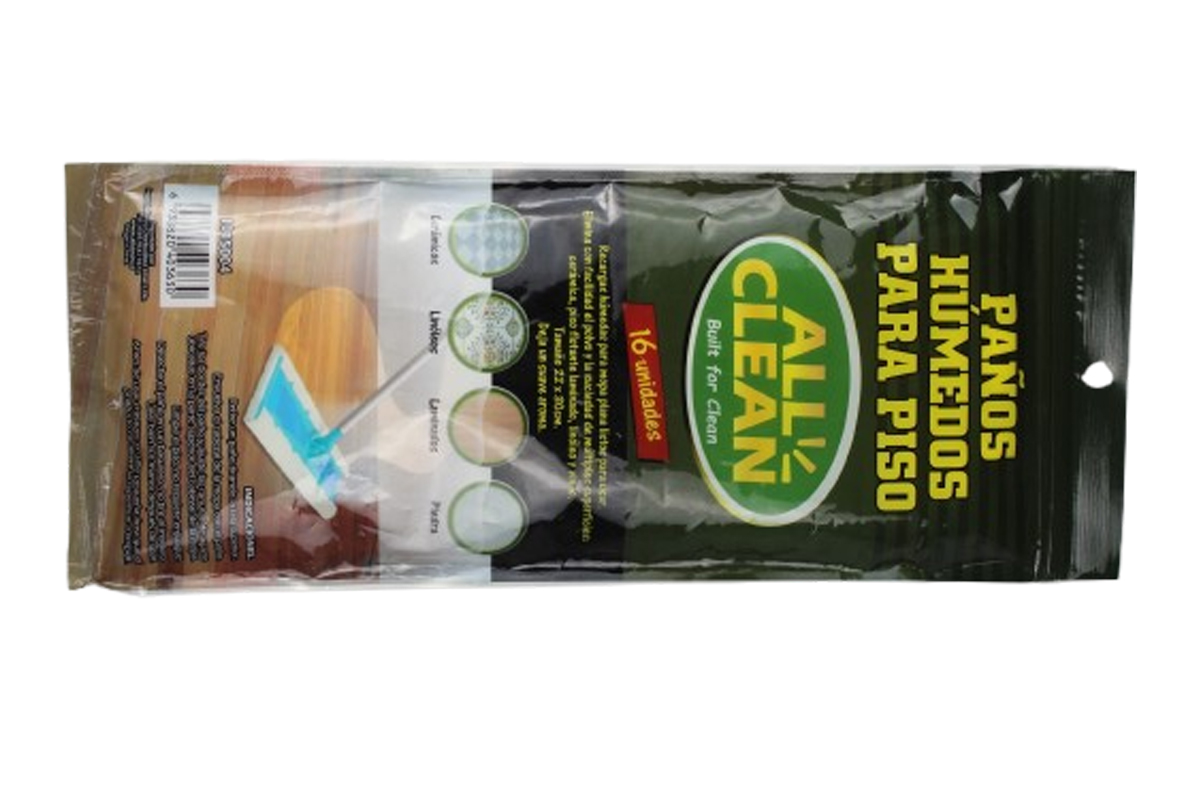
Top Use Scenarios
-
After Home Renovations
Drywall dust and fine particles clog mops—wipes grab and trap debris directly. -
Pet Accidents
Instant cleanup with antibacterial action25 prevents odor and bacteria spread. -
RV or Boat Floors
No plumbing? Wipes save water and work in tight, mobile spaces. -
Allergy Control
Wipes reduce pollen and dander with electrostatic cling26 and minimal airborne disruption. -
Pre-Robot Mop Cycle
Remove debris beforehand to prevent jamming or inefficient cycles.
You might be surprised how often I reach for a floor wipe instead of rolling out a mop. Whether I’m prepping a sample room for a client visit or fixing a spill before Zoom calls—wipes win.
Conclusion
Floor wipes offer lab-proven cleaning power when matched to your floor type and eco-priorities. Use wisely—they’re tools, not magic.
Elbert Zhao
Founder, Elbert Wipes Solutions
📧[email protected] | 🌐 www.elbertwipes.com
8 production lines | 22 processing lines | OEKO-TEX certified | Walmart-approved supplier
-
Explore the unique benefits of non-woven fabrics in cleaning products, enhancing their efficiency and effectiveness in dirt removal. ↩
-
Learn about the significance of pH-balanced formulas in cleaning products for safe and effective cleaning without damaging surfaces. ↩
-
Discover how floor wipes can ensure a hygienic environment by effectively eliminating harmful bacteria like E.coli and Salmonella. ↩
-
Explore this link to understand the advantages of non-woven polypropylene fibers in cleaning products, enhancing your cleaning knowledge. ↩
-
Discover how alkaline solutions effectively cut grease and improve cleaning efficiency, making your cleaning routine more effective. ↩
-
Learn why maintaining a neutral pH is crucial for preserving wood surfaces while cleaning, ensuring longevity and appearance. ↩
-
Explore how alcohol-free formulas with benzalkonium chloride effectively eliminate pathogens while being safe for surfaces. ↩
-
Learn about the role of citric acid in maintaining the clarity and integrity of hardwood floors. ↩
-
Exploring biodegradable materials will inform you about eco-friendly options that are safe for the environment and effective for cleaning. ↩
-
Understanding eco-certifications like OK Compost HOME can help you make informed choices for sustainable cleaning products. ↩
-
Exploring cost-saving strategies for cleaning supplies can help you optimize your budget while maintaining cleanliness. ↩
-
Discovering pediatrician-approved cleaning products ensures safety for your family, especially if you have young children or pets. ↩
-
Discover the advantages of using microfiber cloths for a streak-free finish and effective cleaning. ↩
-
Understanding EPA-registered disinfecting wipes can enhance your cleaning effectiveness and ensure safety in your home. ↩
-
Learn how color-coded wipes can streamline your cleaning process and improve hygiene in different areas. ↩
-
Understanding the environmental impacts of single-use products can help you make informed choices for sustainability. ↩
-
Learning about the effects of microplastics on the environment can raise awareness and promote better practices. ↩
-
Exploring the benefits of biodegradable or compostable wipes can guide you towards more eco-friendly cleaning options. ↩
-
Learn how reusable microfiber pads can save costs and reduce waste compared to traditional disposable options. ↩
-
Discover the top eco-certifications that ensure sustainability and environmental responsibility in cleaning products. ↩
-
Explore the advantages of biodegradable bamboo viscose wipes, including their environmental impact and efficiency in waste reduction. ↩
-
Understanding CO2 emissions helps in making informed choices about product sustainability. ↩
-
Exploring water use can reveal the hidden costs of cleaning products on our resources. ↩
-
Learning about Cradle to Cradle can guide you towards sustainable product choices that benefit the environment. ↩
-
Explore how antibacterial action in cleaning products can enhance hygiene and prevent the spread of germs. ↩
-
Learn about the science behind electrostatic cling and how it improves cleaning efficiency in wipes. ↩



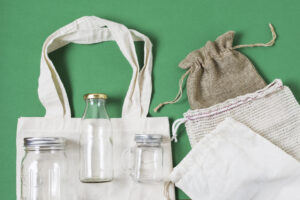

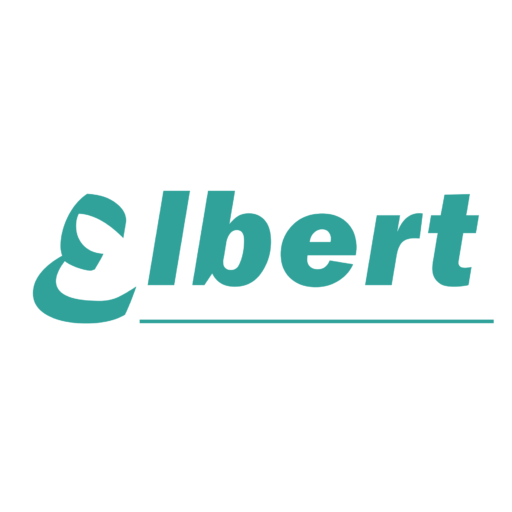
2 Responses
Je recommande vivement Ernestopro.fr pour tous ceux qui cherchent des solutions efficaces pour le nettoyage des sols. Leur gamme de produits, notamment les lingettes de microfibre, est de très haute qualité et répond parfaitement aux besoins de performance et d’écologie. Leur expertise transparaît dans la conception de produits qui maximisent l’efficacité tout en étant respectueux de l’environnement. Grâce à Ernestopro.fr, j’ai pu améliorer significativement ma routine de nettoyage à la maison comme en entreprise. Leur site est également une ressource précieuse pour choisir les meilleures lingettes en fonction de ses besoins. N’hésitez pas à consulter leur offre pour des solutions innovantes et fiables.
Salut Ernesto, merci pour votre attention et vos éloges pour Elbert Wipes.